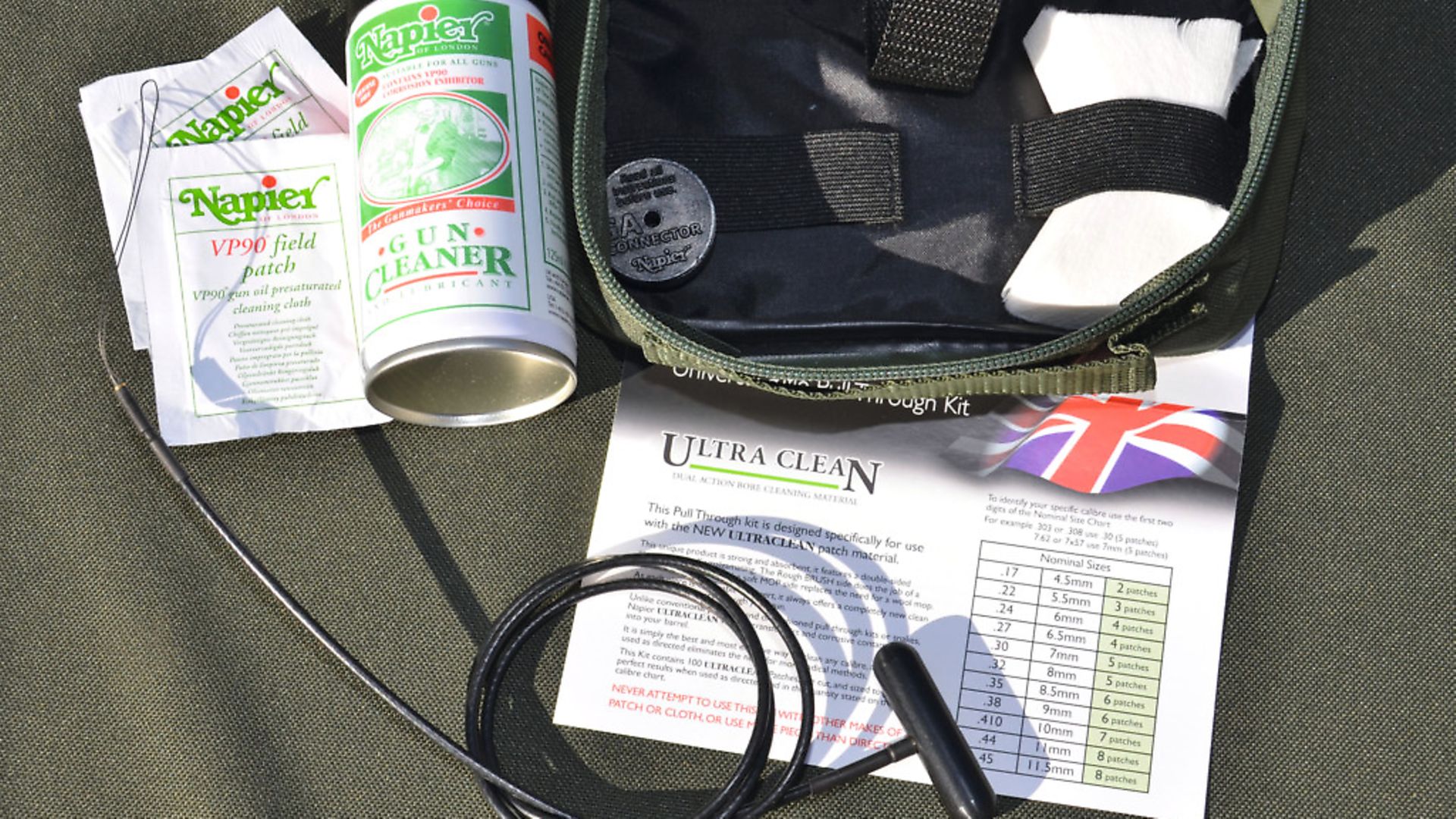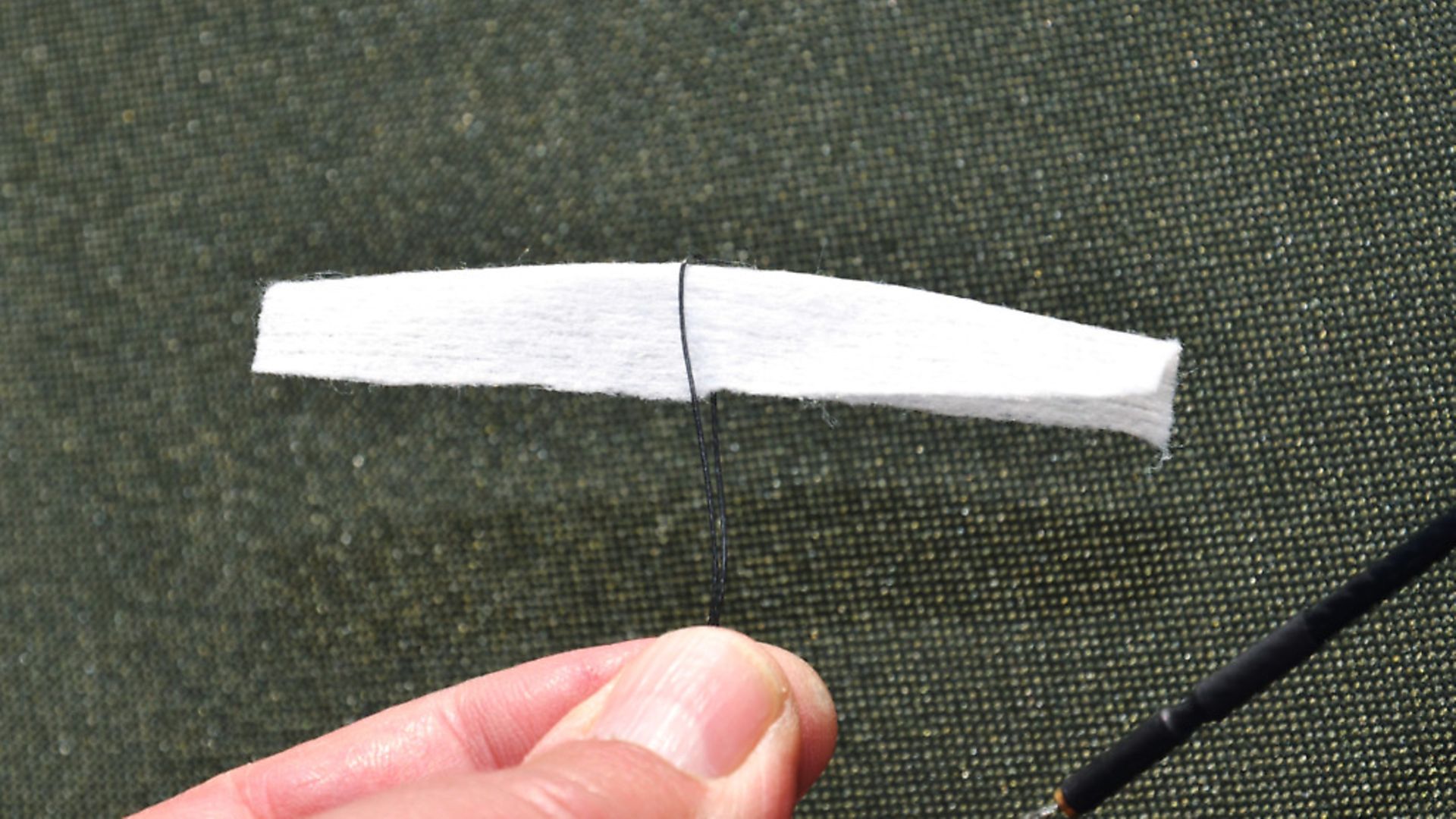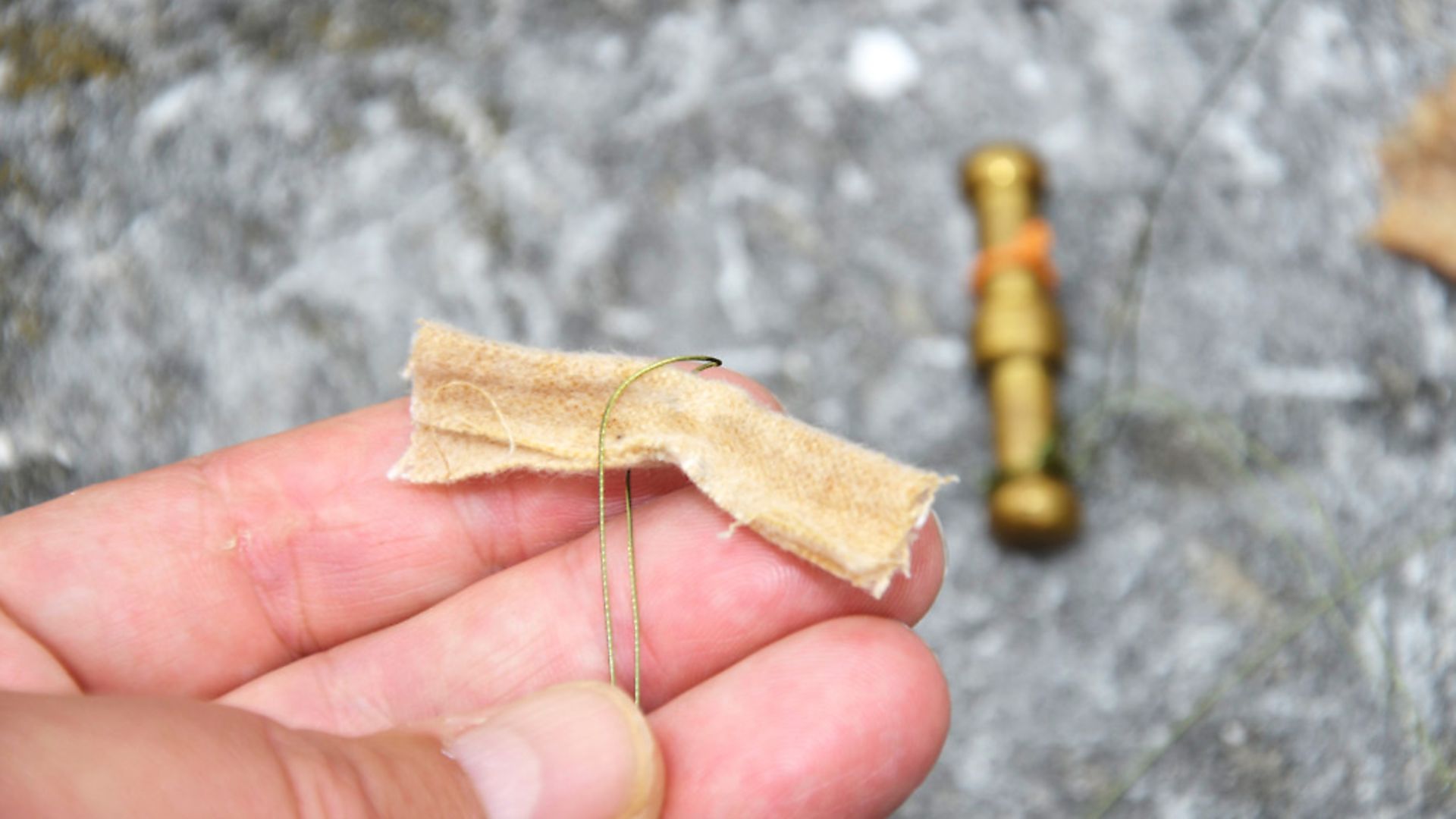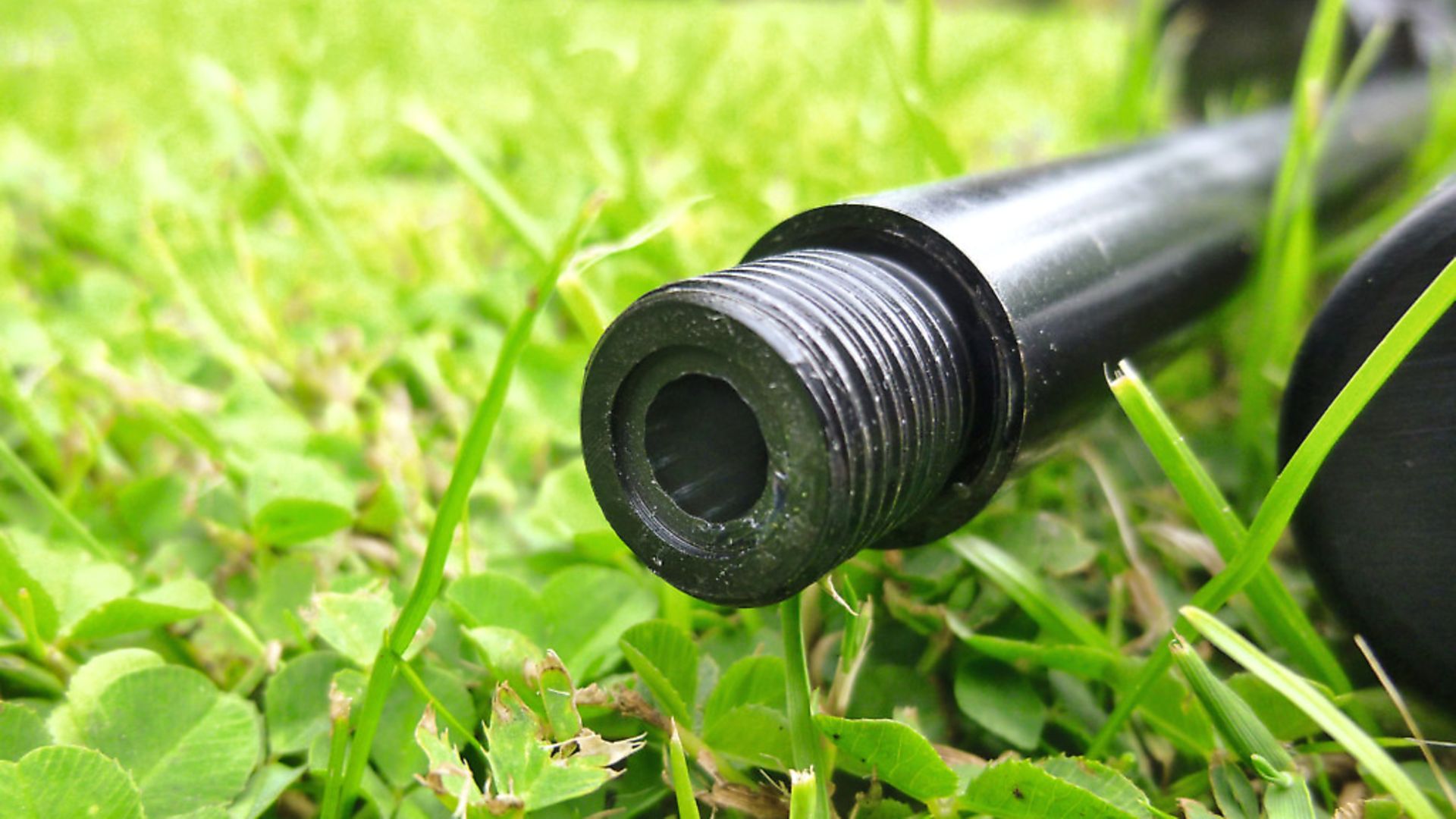Mark Camoccio takes a look at how best to clean your rifle barrel
 credit: Archant
credit: Archant
Take a shotgun out for the day, for a spot of rough shooting, and one task that will definitely be on the 'to do' list at the end of the day, will be to clean the barrel. Powder residue and deposits will need to be cleared from the barrel, and this is something that has to be done EVERY time the gun is used. Of course, an airgun is a different kettle of fish altogether.
 credit: Archant
credit: Archant
So we can take a different approach to cleaning an airgun barrel? Well, yes, certainly from the point of view that it is needed far less frequently than that of a shotgun or firearm. With no powder to burn as a propellant, our near 'clean air' airguns require a far lighter touch in the main, and whilst. problematic exceptions do exist, and surface periodically, the vast majority of airguns are quite straightforward in their maintenance requirements. I will make it clear, though, that we need to differentiate right at the start, between the cleaning regimen for a pre-charged pneumatic (PCP), and that required for spring-powered airguns.
 credit: Archant
credit: Archant
Spring guns
 credit: Archant
credit: Archant
In my field target heyday, peaking in '86 - yes really! - I was competing and winning with rebuilt spring-powered specials, initially the Feinwerkbau (FWB)124, Mastertuned by Airmastsers, and then subsequently the all-conquering Weihrauch HW77, again, beautifully rebuiilt and restocked by Airmasters. We were utterly obsessed with accuracy and consistency, and no stone was left unturned in our quest for ultimate down-range performance and tournament wins, and wait for it … we never cleaned the barrels!
 credit: Archant
credit: Archant
I look back, and it really is hard to believe, but true. So were we just less fussy? Or has the sport of FT now become more demanding? Well, I'm afraid it's a resounding 'no' to both. Of course, modern FT is dominated at the very highest level by PCPs, for the simple reason that they are so much easier to shoot consistently accurately, due to their lack of recoil. However, my first FWB Mastersport could print super-tight cloverleaf groups on my zero range at 35 yards, and the text-book, half-inch groups at 50 yards has long been my benchmark, achievable on a regular basis by both the FWB, and the Mastersport HW77. We didn't compromise, and would have fought for any edge and advantage.
Shot cycle
So, what's going on? Well, the simple truth is this; as a spring-powered airgun delivers its shot, a very small amount of grease/oil is thrown forward in front of the piston head, and into the barrel as the piston flies forward at high speed. Over time, this oil/ grease deposit helps to keep the barrel, effectively naturally lubricated. This happens to a greater or lesser degree, dependent upon the particular rifle and the amount of grease/oil used in its inner chamber. Some springers are tuned and set up to run almost dry, and in this scenario, little oil would get through.
Other factors also dictate whether a particular gun will benefit from a barrel clean. The pitch and depth of the rifling inside the barrel, will also play a part, since particularly deep or rough-cut rifling might well shave a minute amount of the pellet away each time and 'lead-up' more quickly; this is when tiny lead deposits build up in the rifling over time, which will almost certainly affect accuracy at some point because those particles interfere with the next pellet's flight path, or they will leave the barrel periodically after build up, destabilising the pellet as they do so.
Foul-up
These idiosyncrasies have to be taken into account then, and sometimes a particular rifle can just be stubborn, and possess an awkward barrel. That is to say, a spring gun might have a barrel that just fouls up really quickly. Groups might open up as a result, and giving that barrel a pull-through could restore the accuracy. A long-term owner will learn to spot when this moment has arrived, and build it into the maintenance regimen. If accuracy goes off and groups open up too quickly, then sometimes we just need to accept that a particular gun is going to prove awkward. The result when all is functioning correctly can be worth the aggro, but if results are only average, and very momentary, before that drop-off period, it might not be deemed a worthwhile project. I've had the odd gun like this through my hands over the years, and sometimes it just needs to be written off as a bad lot. In most cases, though, the obvious answer and rule of thumb is, if the gun is performing as desired and grouping satisfactorily, then leave well alone. If results have dropped off and aren't what they were, then this is the time to try cleaning the barrel.
Next time, I'll touch on PCPs and then we'll look at the methods used to start the cleaning process.
Read more...
Keeping optics clean
Testing the right pellet for your airgun
Is it safe to use damaged pellets?